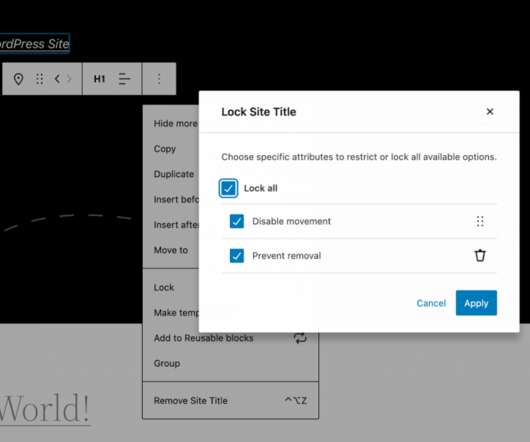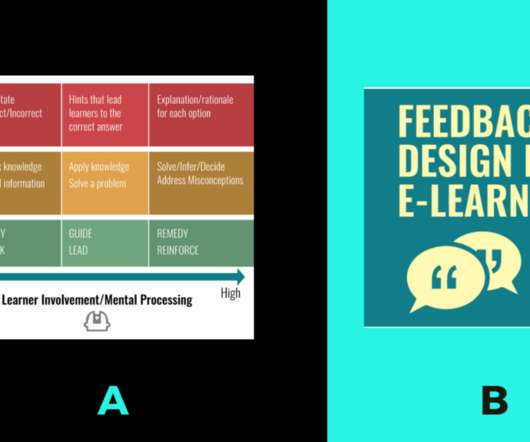Taxonomy of Learning Theories
E-Learning Provocateur
JANUARY 12, 2010
To clear some of the obfuscation that surrounds learning theory, I have developed the following Taxonomy of Learning Theories. This taxonomy identifies key theories that apply to workplace learning, categorises them according to common properties, and illustrates the relationships among them. How does it relate to other theories?


























Let's personalize your content